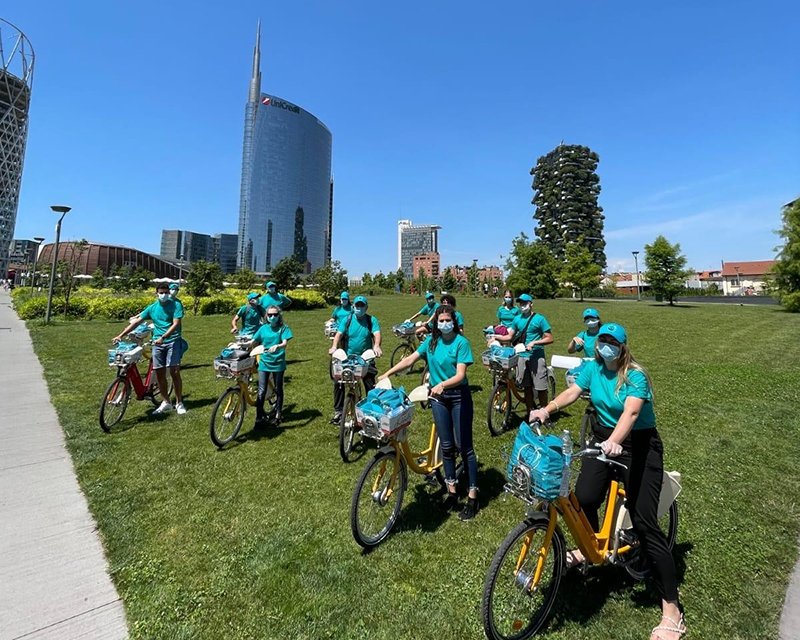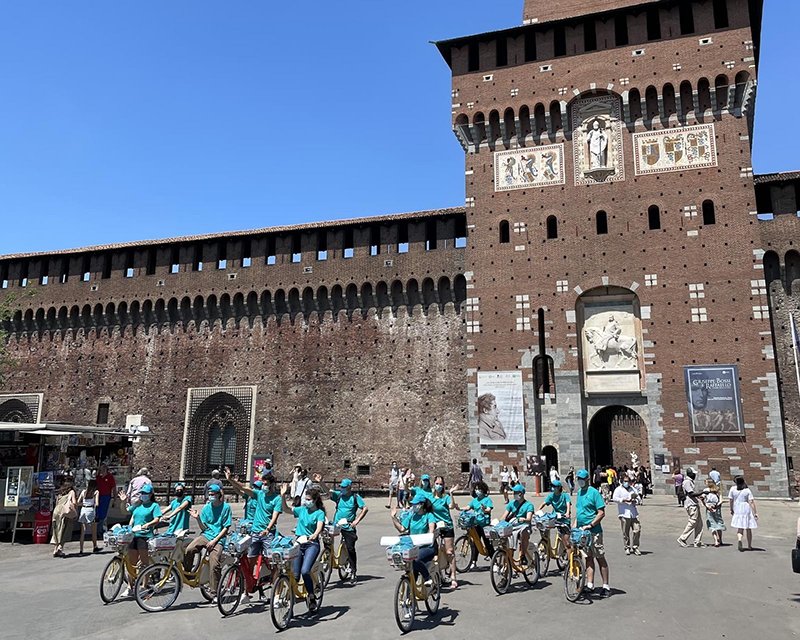DECR CHAIRMAN SPEAKED IN WASHINGTON AT THE INTERNATIONAL SUMMIT ON RELIGIOUS FREEDOM
On July 14, 2021, with the blessing of His Holiness Patriarch Kirill of Moscow and All Russia, the chairman of the Moscow Patriarchate’s Department for External Church Relations, Metropolitan Hilarion of Volokolamsk, made a report at the meeting of the International Summit on Religious Freedom, held in Washington (USA), Patriarchy.ru reports.
The meeting was attended by political, public and religious figures from all over the world, including representatives of Local Orthodox Churches, the Roman Catholic Church, Ancient Eastern Churches and various Protestant denominations.
Metropolitan Hilarion of Volokolamsk was introduced to the event by David Currie, President of the human rights Christian organization The Open Doors USA, noting the numerous efforts made by the DECR chairman in the field of protecting Christians.
Expressing gratitude to the organizers of the summit and the leadership of the Open Doors organization for the invitation, Metropolitan Hilarion noted: “Today, in many countries, freedom of religion is being violated to one degree or another. In some regions of the world, Christians are killed, driven out of their homes, and their temples and shrines are desecrated. We are extremely worried about this situation. “
In his speech, the DECR chairman touched upon, in particular, the situation in the Middle East: “The rapid decline in the Christian population is noticeable even in those Middle Eastern countries where Christians and Muslims have lived together for centuries, such as in Lebanon. In Syria, in those regions that were captured by extremists, Christians were subjected to the most severe persecution. Similar processes are taking place in Iraq, where over the past 18 years the number of Christians has dropped from one and a half million to less than one hundred and fifty thousand. The Christian population has almost completely disappeared in Libya as well, ”the archpastor stated.
Metropolitan Hilarion noted that a similar situation is typical for those countries of the Middle East where the centuries-old balance between religious communities had been disturbed. “In some of these states, the existing regimes were overthrown with the use of external forces, after which the establishment of democracy was promised. However, there is still no democracy in either Iraq or Libya. This situation is extremely difficult for Christians, since they were the first victims of political cataclysms organized from outside, ”the archpastor said.
In his speech, Vladyka Hilarion stated that the center of persecution against Christians is gradually shifting to some African countries, in particular, Nigeria and Ethiopia, where adherents of the Christian religion are being killed and churches destroyed. “I would like to express the hope that the religious and human rights organizations represented here today will be able to form a united front to provide protection and assistance to persecuted Christians in the Middle East and North Africa,” the hierarch said.
Continuing his speech, the DECR chairman told the summit participants about the situation in Ukraine, where two religious groups with similar names call themselves Orthodox at once: Ukrainian Orthodox Church and “Orthodox Church of Ukraine”. Metropolitan Hilarion told those present that the former President of Ukraine Petro Poroshenko tried to unite these two structures into one, but for a number of canonical and internal church reasons this turned out to be impossible. Meanwhile, Metropolitan Hilarion of Volokolamsk stated, the Ukrainian Orthodox Church is the largest Christian community in Ukraine.
“Having a canonical and spiritual connection with the Russian Orthodox Church, it is an autonomous and self-governing structure – both administratively and financially. Now this Church is effectively deprived of its rights. In particular, its churches are forcibly seized and transferred to another jurisdiction: more than 500 churches were seized or illegally re-registered. This is often done violently. In some localities, church communities are forced to pray in the open, sometimes knee-deep in snow, while the churches that rightfully belong to them remain under lock and key. These communities go to courts. The courts make decisions in their favor, but these decisions are not implemented, ”the archpastor said.
The DECR chairman focused on the laws that were adopted under President Poroshenko: “A law was passed according to which the Ukrainian Orthodox Church should be renamed the Russian Orthodox Church in Ukraine, as if it were some kind of foreign organization representing the Russian Federation, while the Ukrainian Orthodox Church, which is the largest confession of Ukraine, includes millions believers, more than 12 thousand parishes and more than 250 monasteries. It also includes the largest monastic cloisters, such as the Kiev-Pechersk Lavra. This Church consists of Ukrainians: its episcopate, clergy and parishioners were born in Ukraine and have Ukrainian citizenship. They are patriots of their country. “
Vladyka Hilarion also spoke about another law, which provides for the re-registration of religious communities from one jurisdiction to another, noting that Orthodox communities have no registered membership, therefore, in practice, any group can come to any city or village to demand that the jurisdiction of the church located there be changed. …
In conclusion of his speech, the DECR chairman called for the creation of a common front to defend the rights of believers in all countries of the world where these rights are violated.




